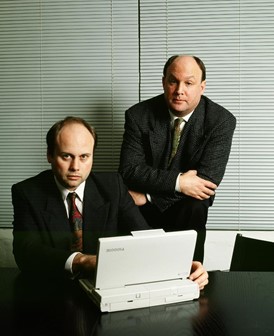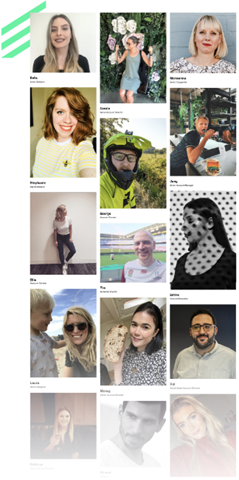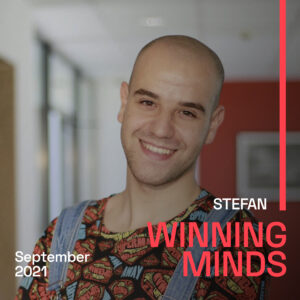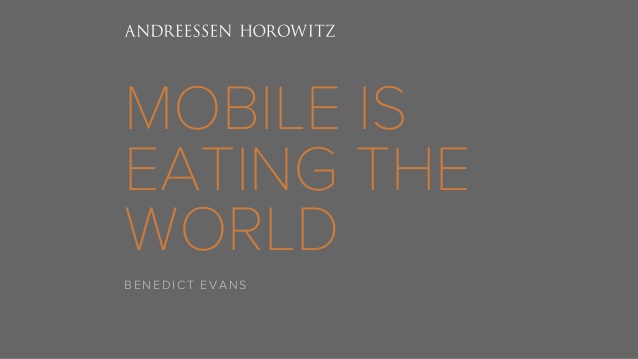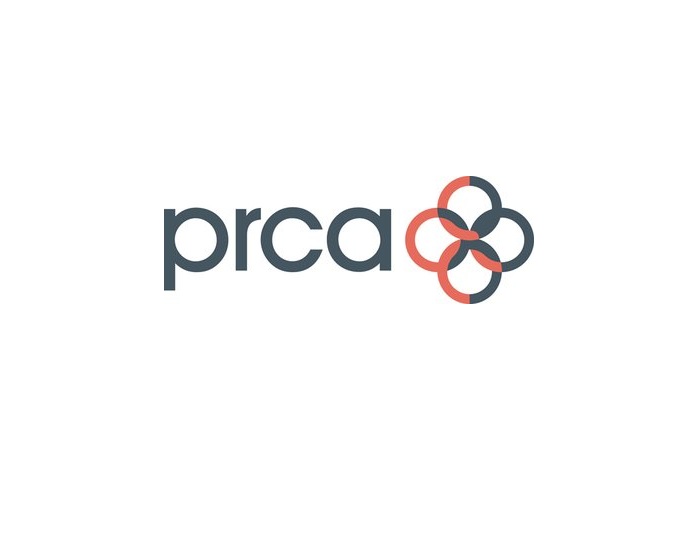Amazon’s latest decision is bound to take shoppers by surprise. The company recently announced that it will no longer accept UK-issued Visa credit cards from January. Why? According to Amazon, the main driver was the high fees charged by Visa for processing payments, which increased drastically this year.
Since then, fresh claims have also emerged from other retailers, including Levi’s, Superdry, and AllSaints, who are taking legal action to seek compensation for previous credit card fees which breach UK and EU competition laws.
Merchants are finding their voice and it feels like the dominance of cards is now under threat. The recent boom in the payments sector offers new ways to pay, which will come in handy as Amazon’s decision comes into effect in the new year. Alternative options, like buy-now-pay-later (BNPL), are arguably much better suited to the rapidly-evolving retail sector. But, given the current rep of BNPL companies, how can they take the crown from credit cards?
The end of credit card domination
Online retailers that offer BNPL services are already giving their customers a new way to pay using credit, which removes the issue of high transaction fees for merchants. So the idea of ditching credit cards altogether feels much more feasible than it did five years ago.
So is the switch inevitable? As it stands, not quite. It’s hard to bring up BNPL and ignore the scepticism such as concerns over debt and consumer protection. The lack of regulation can raise some red flags, particularly for lending amongst young or vulnerable people. However, with the peak of the Christmas shopping season incoming, BNPL is taking centre stage. Amazon’s decision coming into play will only keep this momentum going.
BNPL is taking the wheel
So, how can BNPL lenders lead this shift in payment preference? While the unregulated, interest-free loaning can be seen as a slippery slope, its bad rep can be easily overturned given the great potential of this new way to pay. Now is the time to be seen as the hero, not the villain.
The challenge is a problem of trust. BNPL is facing scrutiny in the media and merchants could see the adoption of these services as a risk to their customers and their brand. With much of the BNPL messaging encouraging customers to delay payment, it is only natural that merchants won’t want to get caught up in stories about debt spiral. The BNPL industry has to work towards promoting healthy spending habits to build trust. Only once it’s earned its reputation as a responsible lender – driven by effective comms – will BNPL truly take the payment crown.





